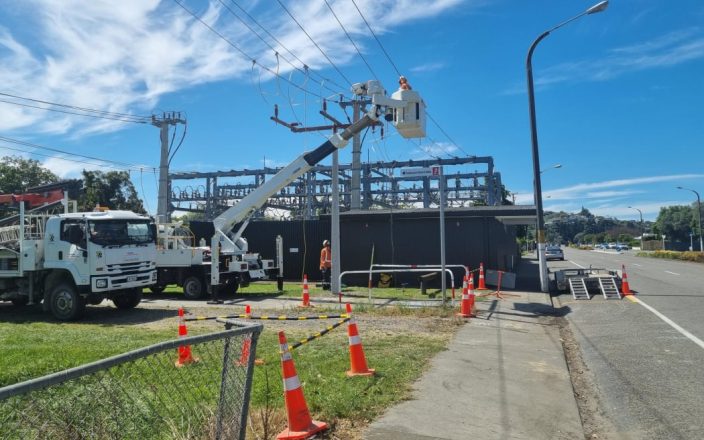정부가 기후 비상 사태에 대비하여 마련한 자금을 활용하는 것과 같은 다른 옵션을 고려하지 않는 한 소비자는 지난 몇 달간의 극심한 기상 이변 이후 전력선 수리를 위해 탭을 선택해야 할 수도 있습니다.
전기 네트워크 협회는 사이클론 가브리엘로 인해 손상된 회선 수리 비용을 수리에 할당된 1년 치 이상의 자금과 동일한 것으로 추정했습니다.
상무위원회 (Commerce Commission) 는 라인 회사를 독점 업체로 규제합니다. 즉, 매년 수리에 지출해야 하는 금액이 고정되어 있습니다.
회사는 위원회에 해당 상한선을 해제하도록 요청할 수 있지만 비용이 더 높은 가격으로 소비자에게 흘러 들어갈 수 있습니다.
EY 오세아니아의 수소 및 에너지 전환 책임자인 안젤라 오지에 (Angela Ogier) 는 동시에 라인 회사들이 기후 변화의 영향으로 인해 발생할 점점 더 심각해지는 기상 이변을 견딜 수 있도록 네트워크의 탄력성을 높이는 데 우선 순위를 두어야 한다고 말했습니다.
사이클론 가브리엘이 직면하고 있는 재건 지출은 네트워크에 더 큰 탄력성을 창출하는 능력을 약화시키고 있다는 것을 의미하며, 전기 네트워크 협회가 제안한 것은 상무위원회가 유연하게 대응할 수 있어야 한다고 제안한 것입니다. 그래야 회선 회사의 지출 한도를 높이고 탄력적인 네트워크를 만들 수 있습니다.
Ogier는 라인 회사들이 수리 비용을 충당하기 위해 계획된 작업과 탄력성 인프라를 연기할 수 있다고 말했습니다. 하지만 복원력 작업이 여전히 필요했기 때문에 앞으로 더 이상 진행되지 않을 것입니다.
“뉴질랜드에서는 배출권 거래 제도로 인한 수입이 있는데, 이는 회복력과 적응 지출에 할당될 예정인 기후 비상 대응 기금으로 가정되었습니다.” 라고 그녀는 말했습니다.
Ogier는 전기 네트워크 협회가 위원회와 다른 옵션에 대해 논의하고 싶다는 신호를 보냈으며 대화에는 정부 공무원이 포함되어야 한다고 말했습니다.





























































